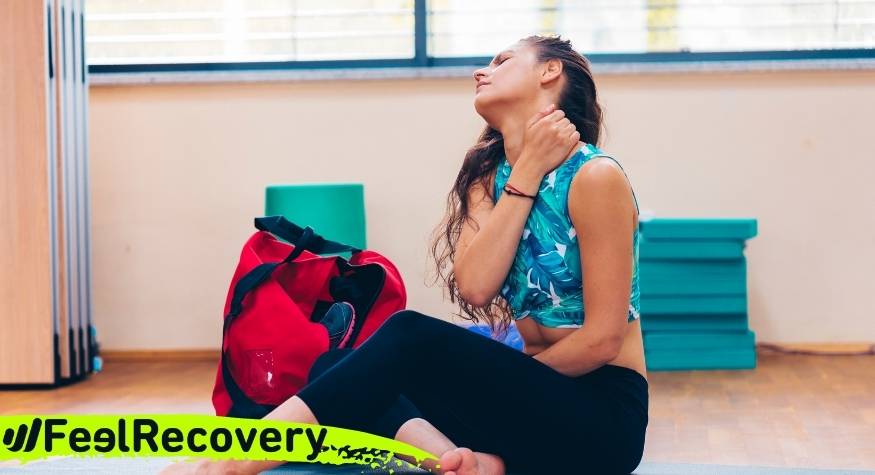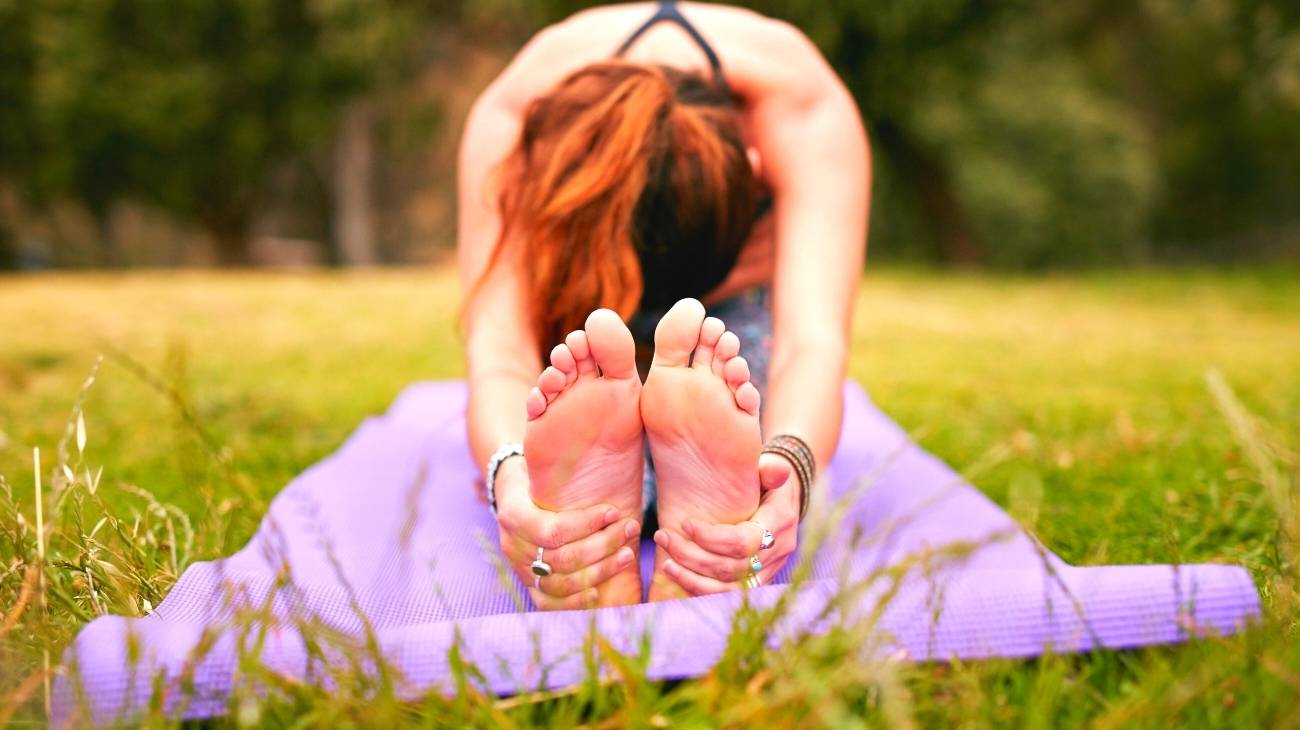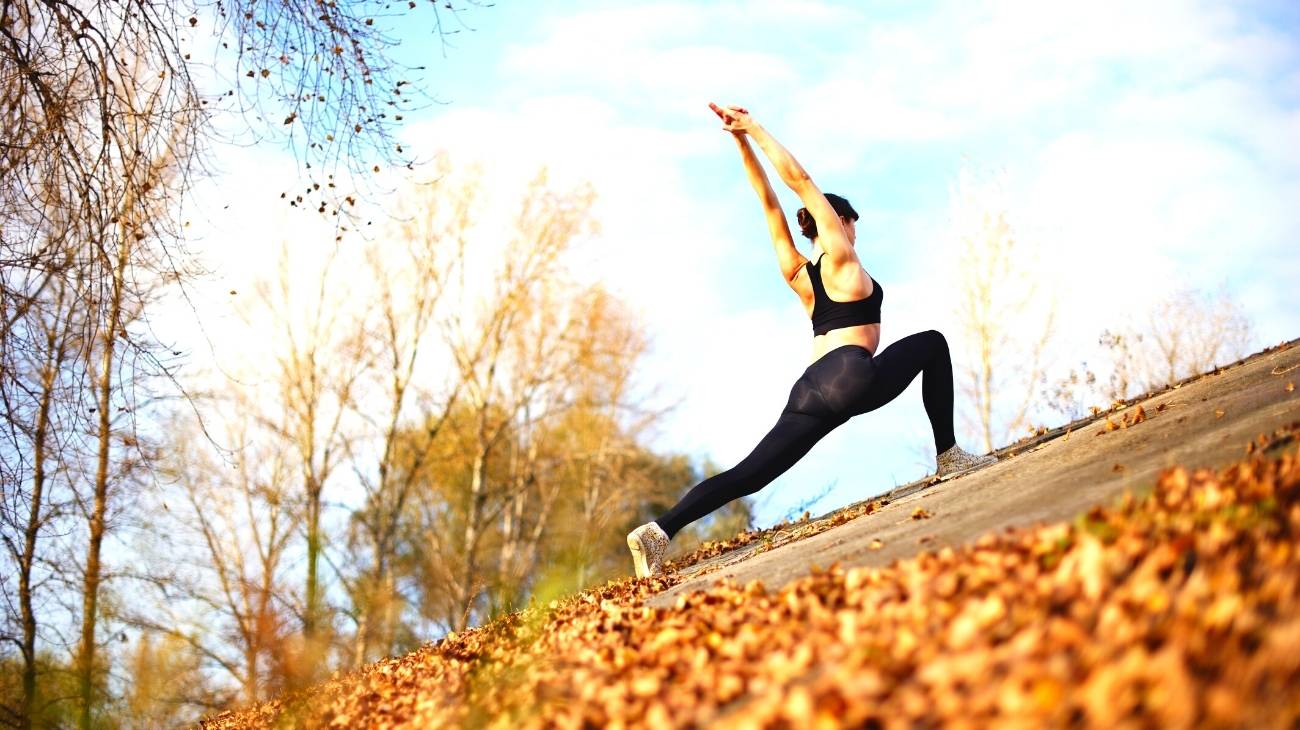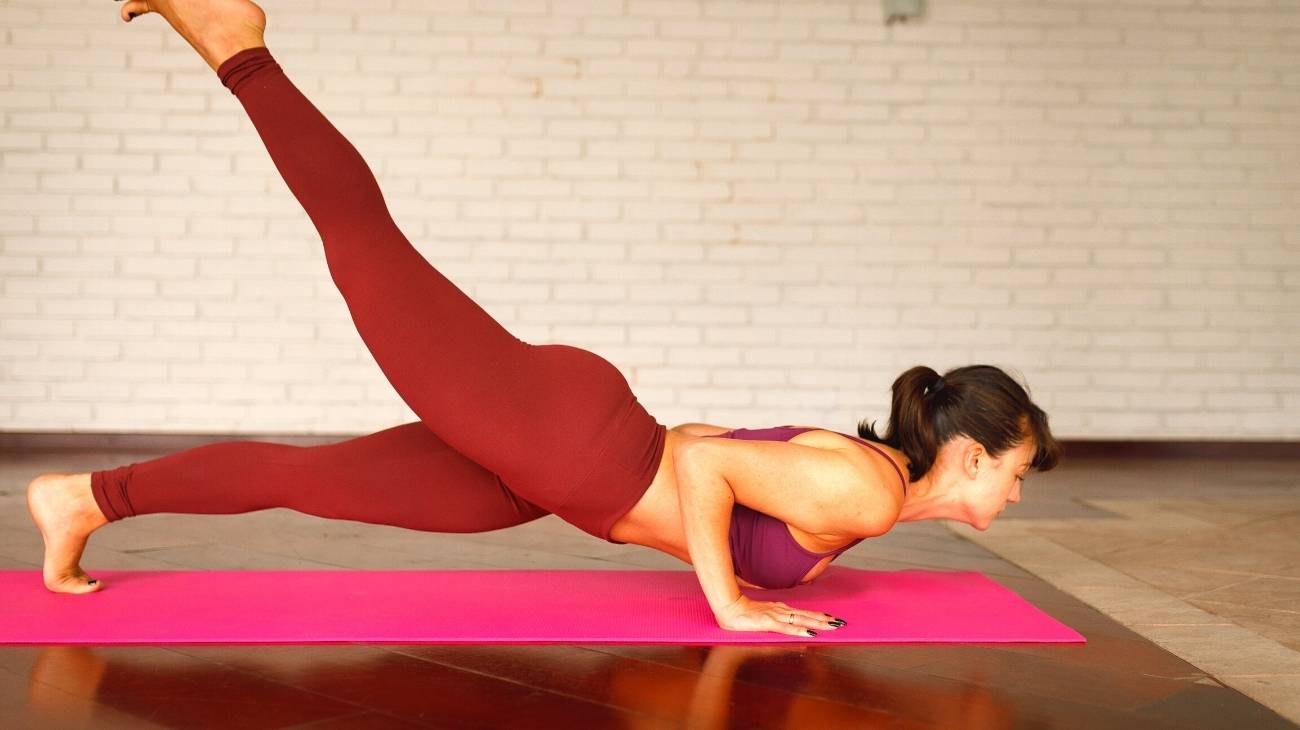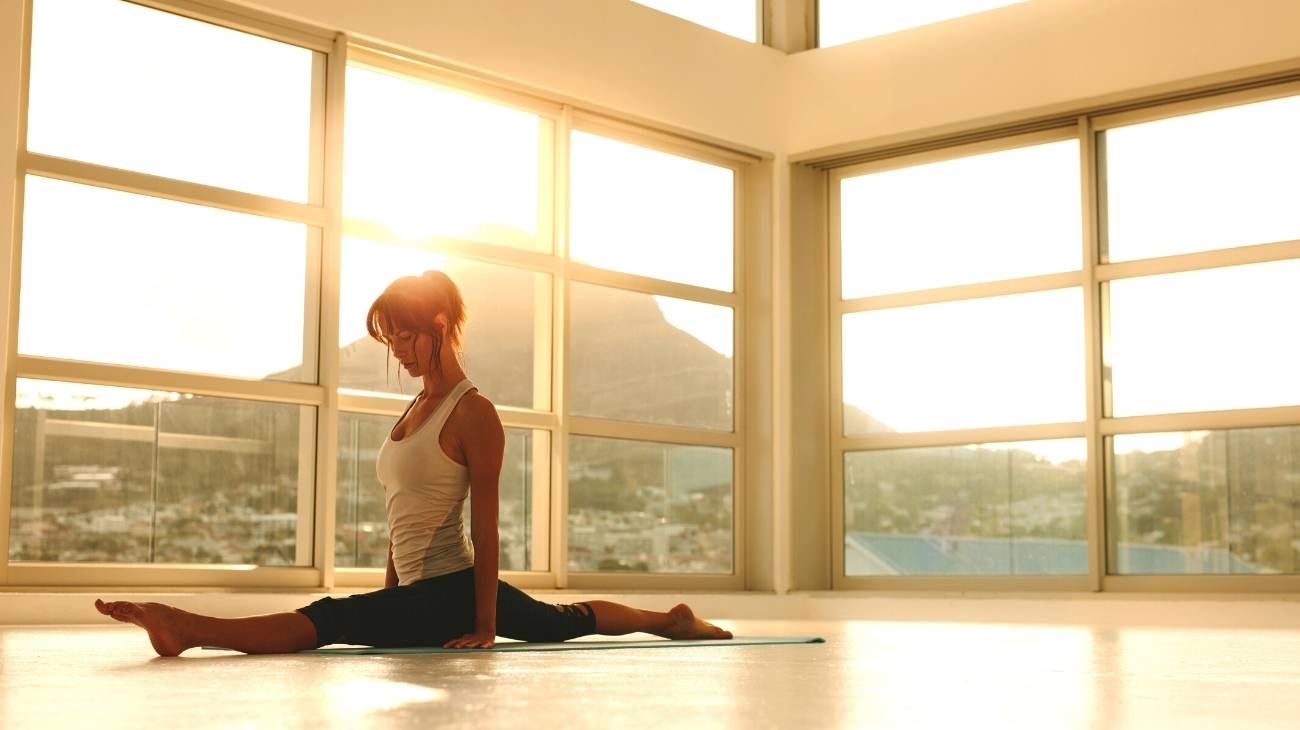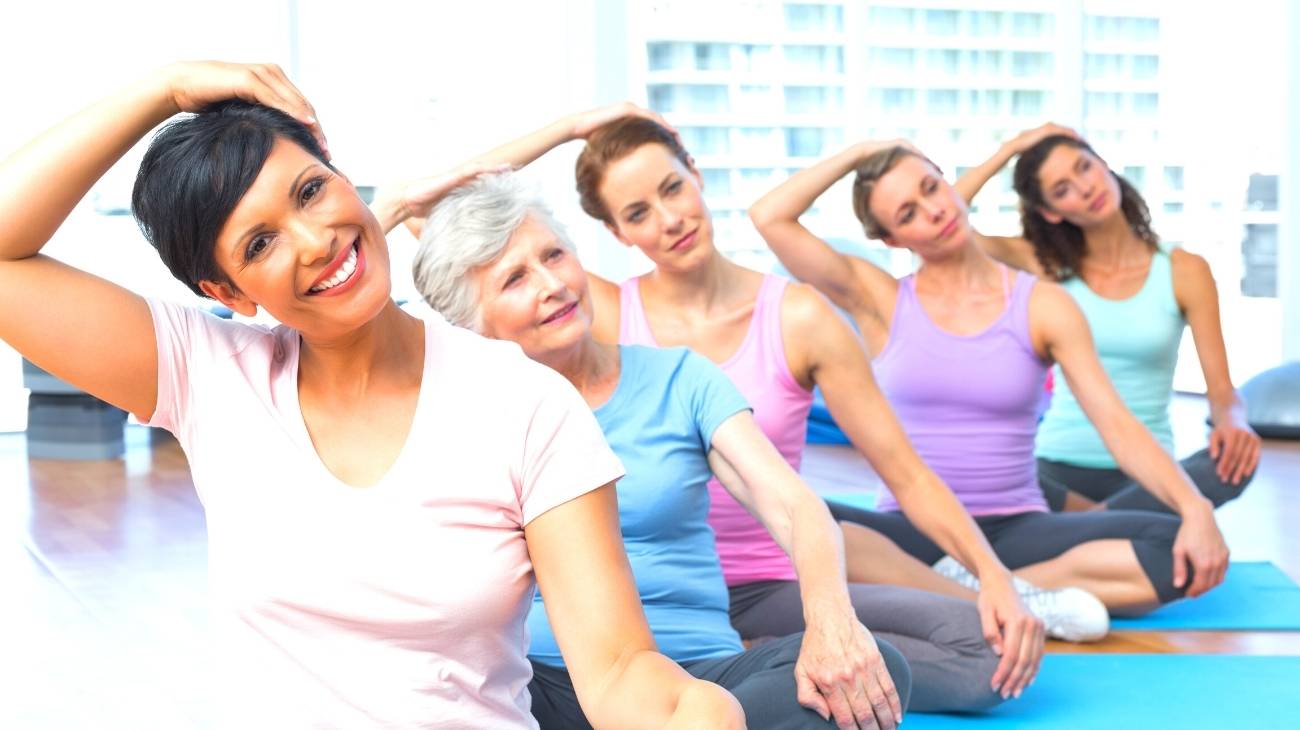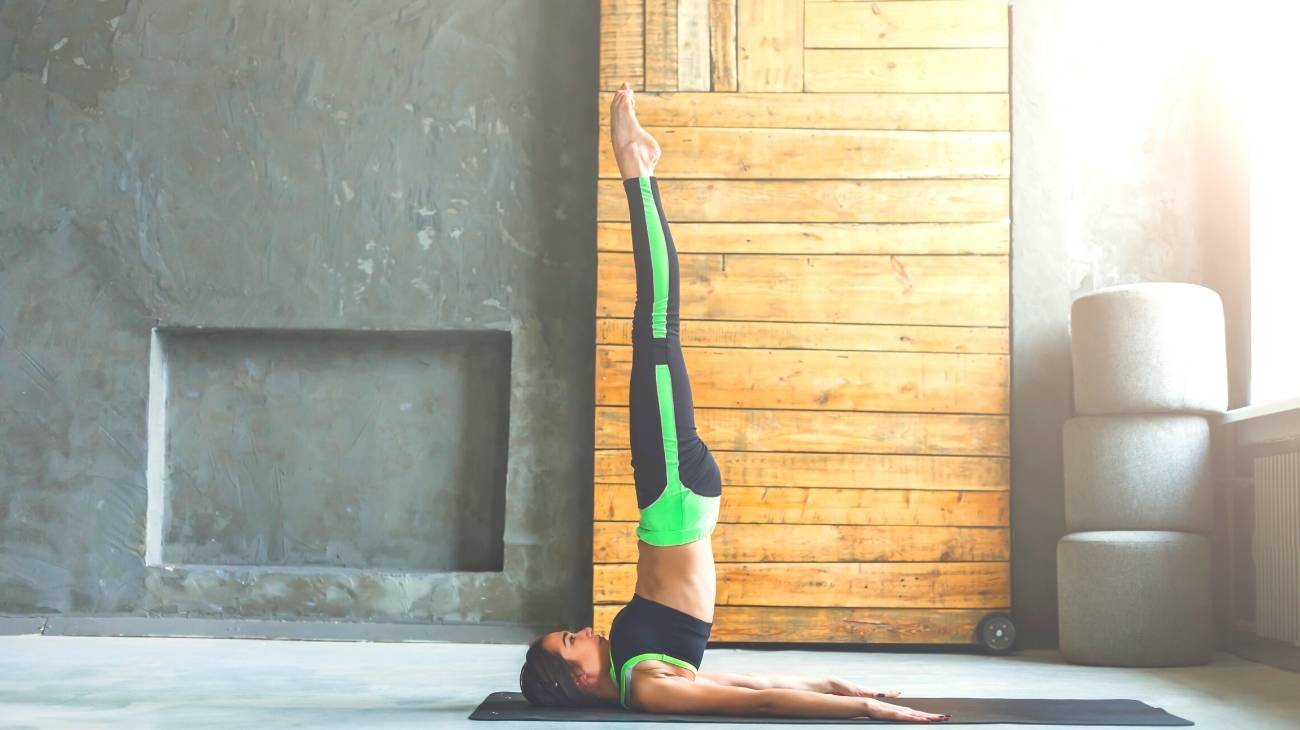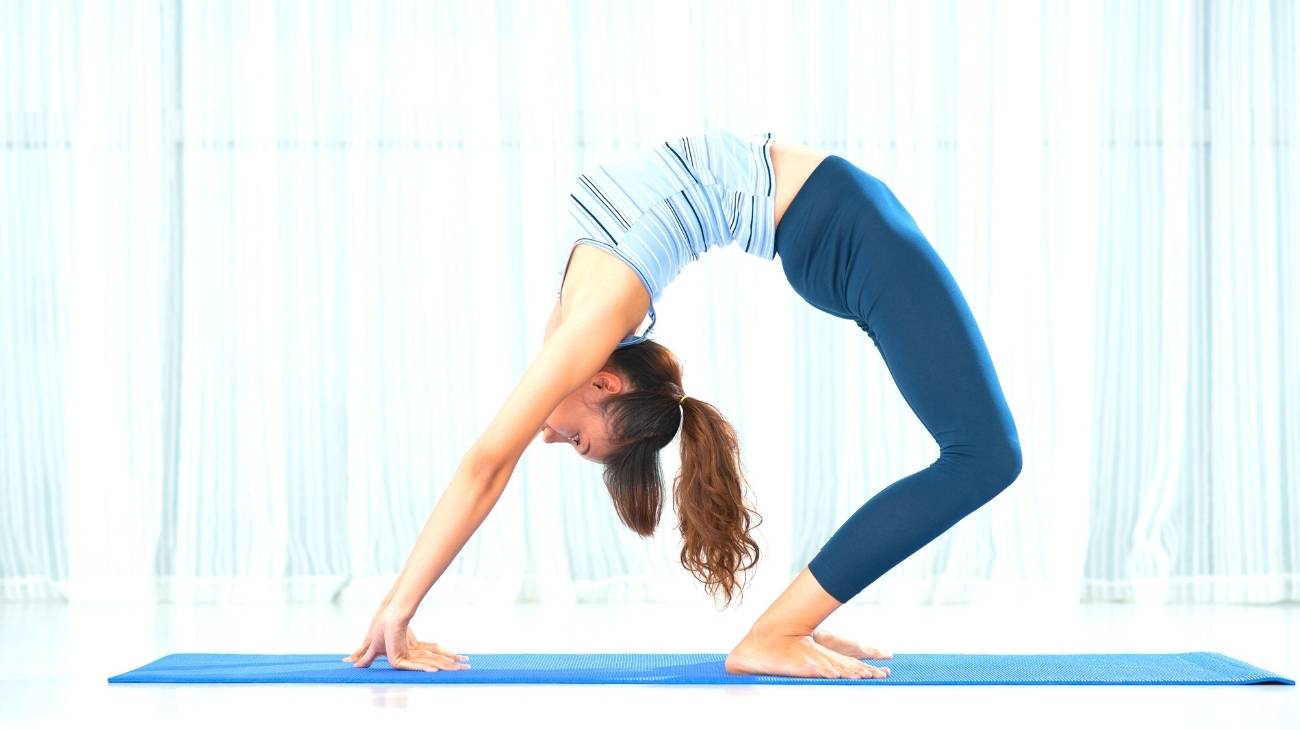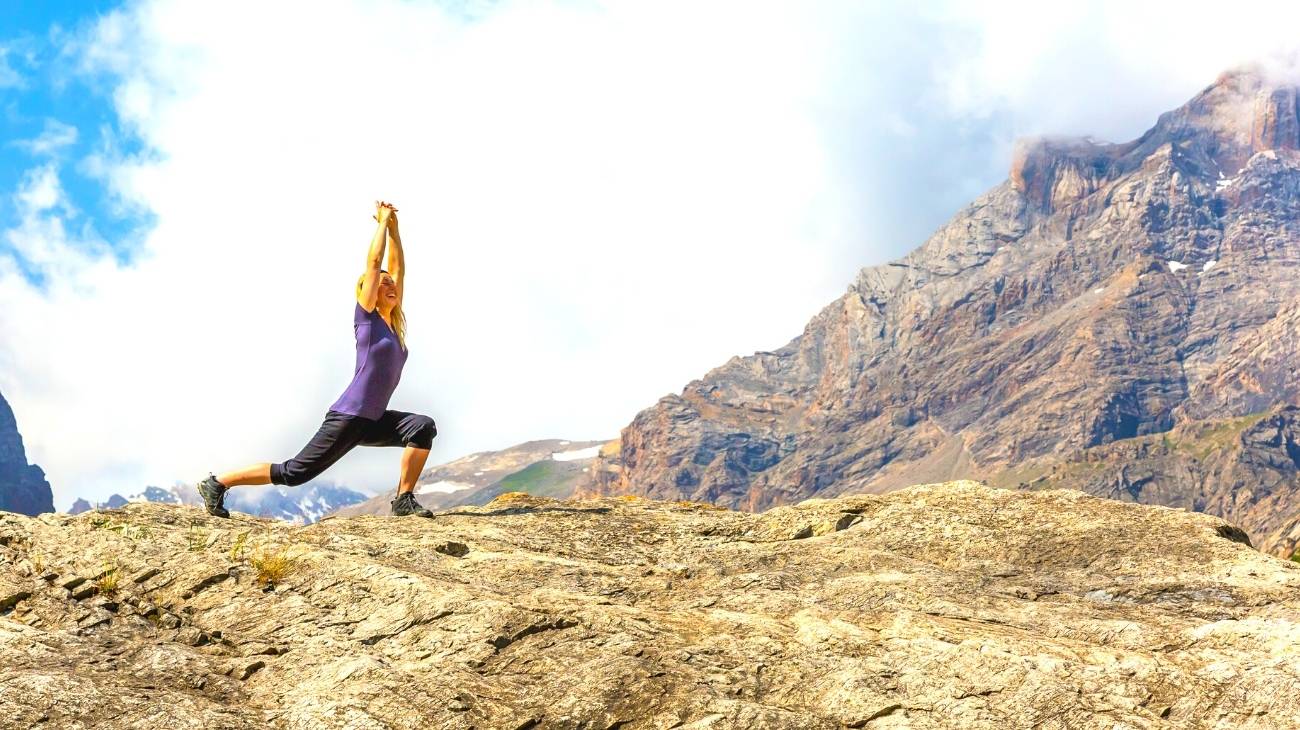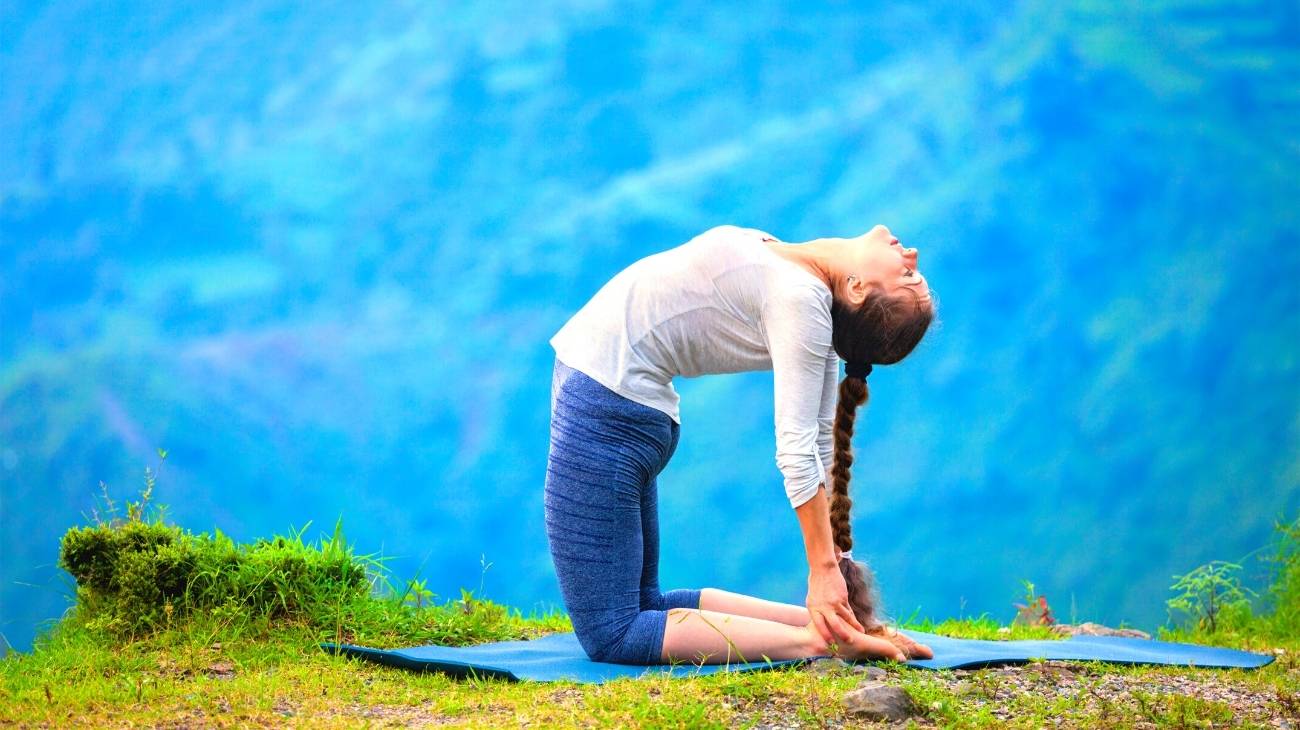Did you know that shoulder injuries in yoga are very common? Yes, they are, especially in the more dynamic styles such as Vinyāsa and Baptiste. The shoulder is very vulnerable to the repetitive movements associated with this discipline. In addition, it is always possible for a sudden accident to occur that could injure it during a class.
This time we will show you the most common shoulder injuries in yoga. In addition, we will show you how to treat them properly using the PRICE recovery protocol. Follow along with us and learn about each of these conditions and why they occur frequently in yogis. Let's get started!
What are the most common types of shoulder injuries when doing Yoga?
Shoulder injuries in yoga can occur due to overuse or trauma. Repetitive movements associated with asanas can overload the shoulder and injure it over time. Likewise, yogis may injure this joint due to hyperextension, forced twisting, falling or other accidents during the practice of yoga.
One of the asanas most often associated with these injuries is chaturanga. This posture and the way it is entered and exited can put significant pressure on the shoulder. On the other hand, although these conditions are very common in many styles of yoga, they seem to be more frequent in vinyasa and baptiste type practices.
The most common shoulder injuries in yoga are:
Rotator cuff tendonitis
Occurs when one or more of the 4 rotator cuff (RM) tendons become inflamed. It is usually the supraspinatus tendon of the RM that is initially affected, while the others are affected as the injury progresses. It manifests as pain in the shoulder that may extend to the side of the arm and is aggravated by movements (pushing, raising the arm, etc.).
It is primarily an overuse injury, so repetitive and forceful movements of the shoulder are the main risk factors. Incorrect, repetitive or exaggerated performance of certain asanas that put pressure on this area can lead to tendinitis.
Rotator cuff tear
Occurs when the rotator cuff (RM) suffers a partial or total rupture. The supraspinatus tendon is the most prone to tear, although other parts of the RM can also be affected. It usually presents as shoulder pain that is aggravated by raising and lowering the arm. Other common symptoms are weakness and crepitus in the area.
Shoulder tears can be degenerative or traumatic in origin. In the first case, repetitive movements and ageing are risk factors. The second type of MR tear can be caused by falling on the arm or lifting excessive weight. Often this injury occurs at the same time as a shoulder dislocation.
Shoulder dislocation
Occurs when the humerus pulls out of the socket of the scapula in which it is naturally inserted. It can be partial (subluxation) or total (dislocation) depending on the severity. The shoulder usually dislocates forward, but can also dislocate backwards or downwards. Symptoms include deformity, pain, swelling, bruising and collateral damage to adjacent tissues.
It is an injury of traumatic etiology and can be generated when the shoulder is subjected to a severe blow, fall, stretch or rotation. Asanas involving a lot of pressure on this joint such as chaturanga, downward dog and plank are risk factors. In addition, yogis who have already dislocated their shoulder are more likely to suffer this injury.
Shoulder bursitis
This is one of the most common shoulder injuries in yoga. It consists of inflammation of one of the bursae of the shoulder. Subacromial bursitis, which affects the bursa below the acromion, is the most common. In general, it manifests as local pain that worsens with abduction or extension movements such as raising the arm. Swelling, crepitus and limited mobility may also be present.
It may be caused by trauma, disease (arthritis, gout), overuse or bacterial infection. Repetitive shoulder movements are important risk factors in the development of this condition in yogis. Patients over the age of 30, especially women, are more likely to develop shoulder bursitis.
SLAP lesion
This is a partial or complete tear in the upper area of the glenoid labrum. There are different types, in the most common SLAP lesion the superior labrum and biceps tendon are separated from the glenoid. They are characterised by shoulder pain that is usually intermittent and associated with overhead movements. Other symptoms include popping, weakness and decreased mobility.
They can be caused by a fall on the outstretched arm, hyperextension, excessive lifting, among other mechanisms. Similarly, ageing and repetitive overhead arm movements are important risk factors. In many cases they are related to dislocation or subluxation of the shoulder.
Best products for the recovery of shoulder injuries in Yoga
Bestseller
-
Acupressure Mat and Pillow (Black/Gray)
£44,95 -
Acupressure Mat and Pillow (Green/Navy)
£44,95 -
Acupressure Mat and Pillow (Pink/Bordeaux)
£44,95 -
Acupressure Pillow (Black/Gray)
£21,52 -
Acupressure Pillow (Green/Navy)
£21,52 -
Acupressure Pillow (Pink/Bordeaux)
£21,52 -
Ice Massage Roller Ball (Black)
£34,95 -
Ice Massage Roller Ball (Green)
£34,95 -
Ice Massage Roller Ball (Pink)
£34,95 -
Microwave Wheat Bag for Neck & Shoulder Pain Relief (Hearts)
£21,50 -
Microwave Wheat Bag for Neck & Shoulder Pain Relief (Oxford)
£21,50 -
Microwave Wheat Bag for Neck & Shoulder Pain Relief (Sport)
£21,50 -
Microwave Wheat Bag for Neck Pain Relief (Hearts)
£17,50 -
Microwave Wheat Bag for Neck Pain Relief (Oxford)
£17,50 -
Microwave Wheat Bag for Neck Pain Relief (Sport)
£17,50 -
Microwaveable Wheat Bag for Pain Relief (Hearts)
£17,50 -
Microwaveable Wheat Bag for Pain Relief (Oxford)
£17,50 -
Microwaveable Wheat Bag for Pain Relief (Sport)
£17,50 -
Shoulder Support Brace (Black)
£21,95 -
Shoulder Support Brace (Green)
£21,95 -
Shoulder Support Brace (Pink)
£21,95 -
Trigger Point Massage Stick (Black)
£12,95 -
Trigger Point Massage Stick (Green)
£12,95 -
Trigger Point Massage Stick (Pink)
£12,95
How to apply the RICE therapy to treat shoulder injuries in Yoga?
The RICE therapy is one of the best first aid protocols for treating acute shoulder injuries in yoga. It consists of four steps from which it derives its name: rest, ice, compression and elevation. It is designed to treat acute injuries such as a dislocated or strained shoulder for the first 72 hours after they occur.
Over time, an update to this method has emerged, albeit less well known. This is the PRICE protocol, which adds a new step: protection. It thus contains all the benefits of the RICE methodology and a little more.
Here's how to apply the PRICE therapy in the treatment of acute shoulder injuries in yoga:
- Protection: First you must protect the shoulder by stopping the activity that caused the injury. It will be necessary to avoid movements, so it is recommended to use an orthosis or immobiliser designed for this joint.
- Rest: At this point you will need to give your injured shoulder rest for about 48 hours. However, you will need to make slight joint movements with it to prevent stiffness from developing.
- Ice: In this step you should use cryotherapy as an anti-inflammatory, analgesic and antispasmodic method. Just take a cold compress and place it on the shoulder for 20 minutes about 6 to 8 times a day.
- Compression: At this stage it is usual to bandage the shoulder with a flexible fabric that allows some mobility. This is to promote blood return to the heart, reducing inflammation. In addition, compression gives greater stiffness and firmness. Don't over-tighten or you could disrupt circulation as a result.
- Elevation: Elevation is specifically indicated for acute arm and leg injuries. That is, at this stage the injured limb should be elevated above the heart. For shoulder conditions, this step should therefore be omitted.
References
- DeAvilla, N. (2007). Case Studies of Yoga Therapy with Focused Downward Release and Scapular Stabilization in Shoulder Injuries. International Journal of Yoga Therapy, 17(1), 65-73. https://meridian.allenpress.com/ijyt/article-abstract/17/1/65/137792/Case-Studies-of-Yoga-Therapy-with-Focused-Downward
- Keays, K. S., Harris, S. R., Lucyshyn, J. M., & MacIntyre, D. L. (2008). Effects of Pilates exercises on shoulder range of motion, pain, mood, and upper-extremity function in women living with breast cancer: a pilot study. Physical therapy, 88(4), 494-510. https://academic.oup.com/ptj/article/88/4/494/2742358
- Doyscher, R., Kraus, K., Finke, B., & Scheibel, M. (2014). Acute and overuse injuries of the shoulder in sports. Der Orthopäde, 43, 202-208. https://link.springer.com/article/10.1007/s00132-013-2141-x
- Enger, M., Skjaker, S. A., Nordsletten, L., Pripp, A. H., Melhuus, K., Moosmayer, S., & Brox, J. I. (2019). Sports-related acute shoulder injuries in an urban population. BMJ open sport & exercise medicine, 5(1), e000551. https://bmjopensem.bmj.com/content/5/1/e000551.abstract
- Cofield, R. H., & SIMONET, W. T. (1984, March). The shoulder in sports. In Mayo Clinic Proceedings (Vol. 59, No. 3, pp. 157-164). Elsevier. https://www.sciencedirect.com/science/article/abs/pii/S002561961260768X
- Ravi, S. (2016). The application and effectiveness of yoga in prevention and rehabilitation of sport injuries in athletes participating in competitive sport. LASE JOURNAL OF SPORT SCIENCE is a Scientific Journal published two times per year in Sport Science LASE Journal for sport scientists and sport experts/specialists, 44. https://www.journal.lspa.lv/images/2016/1/4_LASE_2016_1.pdf
- Russell, K., Gushue, S., Richmond, S., & McFaull, S. (2016). Epidemiology of yoga-related injuries in Canada from 1991 to 2010: a case series study. International journal of injury control and safety promotion, 23(3), 284-290. https://www.tandfonline.com/doi/abs/10.1080/17457300.2015.1032981
- Cramer, H., Lauche, R., Haller, H., Steckhan, N., Michalsen, A., & Dobos, G. (2014). Effects of yoga on cardiovascular disease risk factors: a systematic review and meta-analysis. International journal of cardiology, 173(2), 170-183. https://www.sciencedirect.com/science/article/abs/pii/S0167527314003702
- Paterson, J. (2008). Teaching Pilates for Postural Faults, Illness and Injury: A Practical Guide. Elsevier Health Sciences. https://books.google.es/books?hl=en&lr=&id=A-CAnOi4RV0C
- Barker, A. L., Talevski, J., Bohensky, M. A., Brand, C. A., Cameron, P. A., & Morello, R. T. (2016). Feasibility of Pilates exercise to decrease falls risk: a pilot randomized controlled trial in community-dwelling older people. Clinical rehabilitation, 30(10), 984-996. https://journals.sagepub.com/doi/abs/10.1177/0269215515606197

